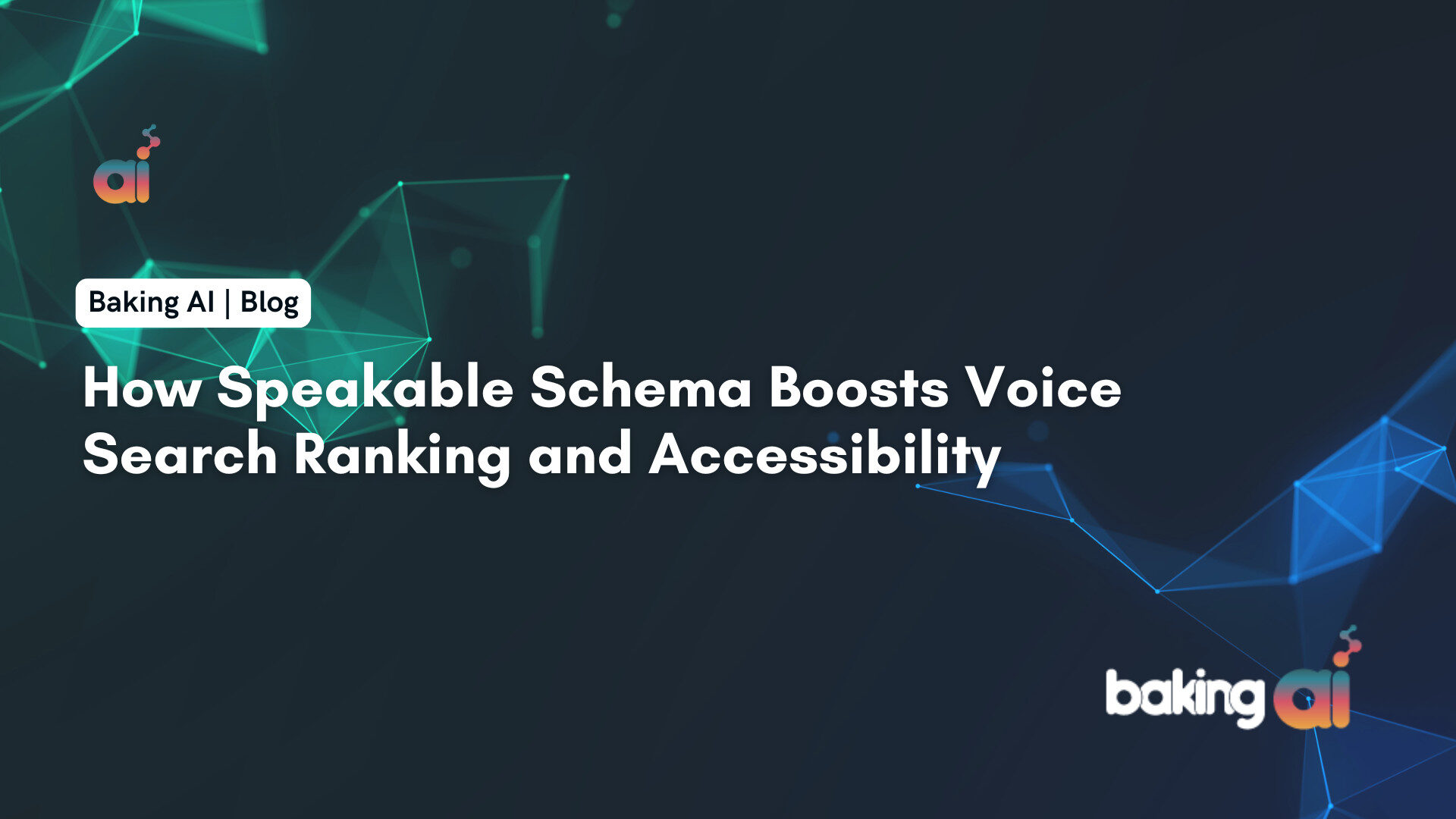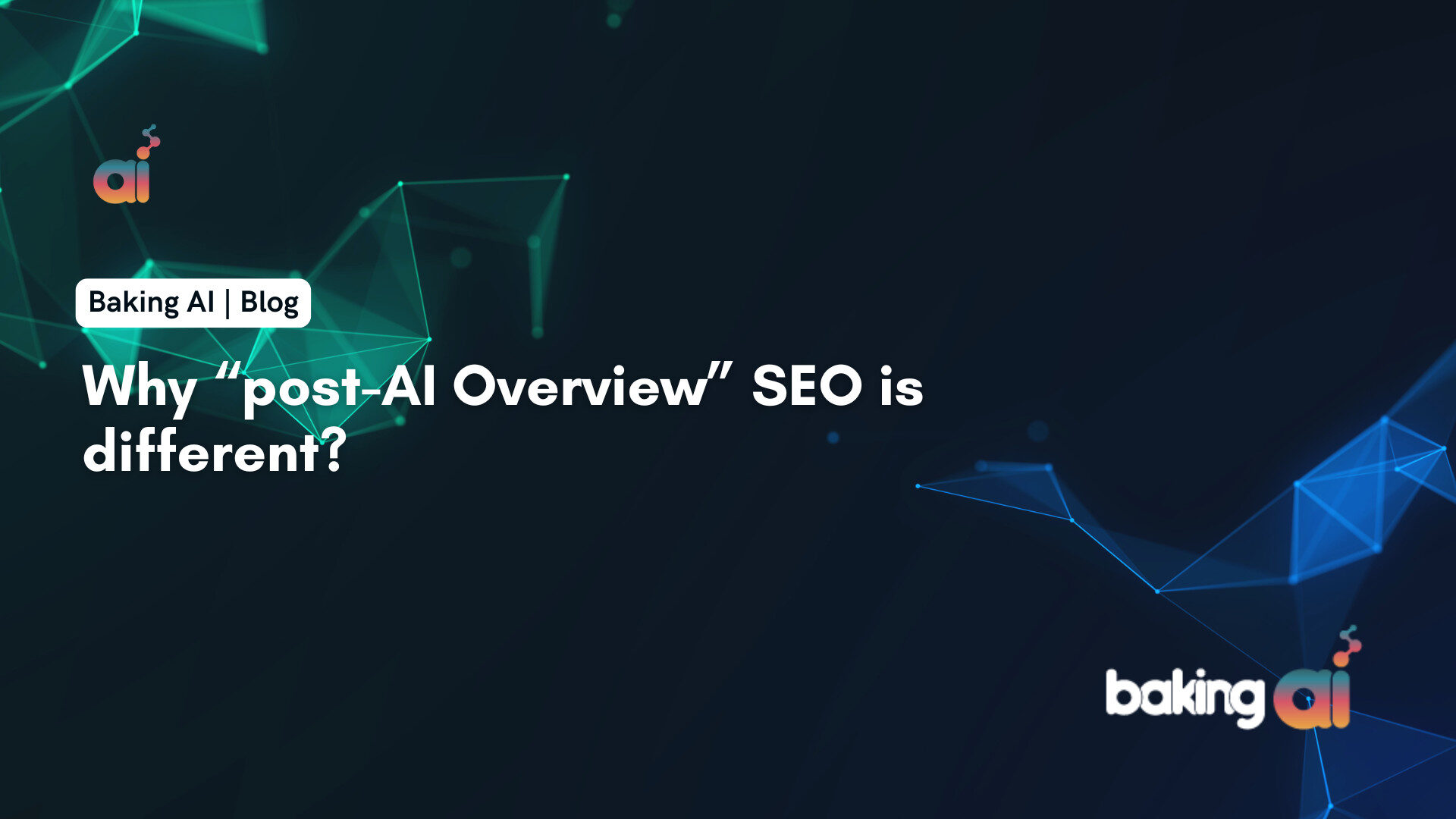With the growing dominance of voice search through devices like Google Assistant and Alexa, it’s critical to ensure your content is optimized for these platforms. Speakable Schema offers an easy way to make your web pages more compatible with voice assistants by marking sections of your content that should be read aloud.
In this guide, we’ll walk you through how to implement Speakable Schema using JSON-LD, provide SEO tips, and explain why this is a key piece in improving your visibility through voice search. We’ll also address some of the most common questions about Speakable Schema and voice search.
What is Speakable Schema?
Speakable Schema is a specific type of structured data markup defined by Schema.org. It’s used to tag parts of your page that are most suitable for voice assistants to read out loud. When you use Speakable Schema, you’re telling voice search engines exactly which content to vocalize.
The content you mark with Speakable Schema is likely to show up in voice search results, making your site more accessible to users relying on audio-based devices.
Why Should You Care About Speakable Schema for Voice Search?
- Growing Use of Voice Search: With smart speakers and voice assistants becoming more common, users are increasingly turning to voice search for answers. According to Google, over 27% of the global online population now uses voice search. Implementing Speakable Schema allows you to be more visible in those results.
- Enhancing User Experience: Voice search is all about convenience. When your content is optimized for it, it gives users an easy, conversational way to get answers without needing to read through pages of text.
- SEO Benefits: As search engines continue to evolve, those optimizing for voice search have a competitive edge. Speakable Schema is a step toward aligning your SEO strategy with modern search behaviors, particularly in the realm of voice-first indexing.
How to Implement Speakable Schema: A Step-by-Step Guide
To help your content rank better in voice searches, you’ll need to add Speakable Schema in a structured format. Here’s how:
1. Choose Eligible Content
Not all content is suited for voice search. You’ll want to focus on:
- Short, impactful sections like headlines, summaries, or key points.
- Content should be concise, direct, and conversational, offering a quick answer to a question or a useful snippet of information that works well when read aloud.
2. Add Speakable Markup Using JSON-LD
To implement Speakable Schema, you’ll use JSON-LD (JavaScript Object Notation for Linked Data), a widely accepted format for structured data on the web.
Here’s an example of how the code should look:
{
"@context": "https://schema.org/",
"@type": "WebPage",
"name": "Voice Search Optimization: A 5-Step Guide",
"speakable": {
"@type": "SpeakableSpecification",
"cssSelector": ["#introduction-paragraph", "#summary"]
},
"url": "https://www.example.com/voice-search-guide"
}
- In this example, the introduction and summary are tagged as speakable sections. Replace the
cssSelectorwith the actual selectors that target the relevant sections of your page. - Alternatively, you can use XPath to pinpoint the content more precisely if necessary.
3. Validate Your Schema
Once you’ve added the schema to your page, it’s time to check that everything is working properly. Google’s Rich Results Test tool helps you validate your structured data and ensures there are no errors.
- Use the tool to check that your markup is properly implemented and discoverable by Google.
4. Follow Best Practices for Speakable Schema
- Keep it short: Aim for 20-30 seconds of content for voice assistants. This translates to 2-3 sentences or key points.
- Write naturally: The content should be easy to understand and conversational avoid jargon, complex sentence structures, or excessive numbers.
- Be specific: Mark the content that you’re confident will be read aloud correctly, like summaries or headlines.
5. Practical Tips for Implementation
- Use schema generators or plugins if you’re not comfortable editing your code manually.
- Test with real voice assistants for pronunciation and pacing. Make sure your content sounds natural when read aloud.
- News sites will see the most immediate benefits from Speakable Schema, but even businesses or blogs can benefit from this forward-thinking SEO strategy.
Addressing Common Questions About Speakable Schema
1. Does Speakable Schema Affect My Website’s SEO?
Yes, adding Speakable Schema can positively impact your SEO strategy by improving your chances of appearing in voice search results. By providing clearer, voice-friendly content, Google is more likely to feature your content in relevant audio responses.
2. Can Speakable Schema Be Used for Non-News Websites?
Absolutely. While news websites may see the most immediate benefits, other websites can still benefit from voice search optimization. It’s an easy step towards future-proofing your content for the increasing use of voice search.
3. What is the Best Content to Mark as Speakable?
Focus on content that answers common questions or offers concise, direct information like how-tos, FAQs, or summarized insights. Ideally, content that is already popular for voice queries will perform best.
4. How Does Speakable Schema Work with AI and Voice Assistants?
AI-driven voice assistants like Google Assistant and Amazon Alexa use structured data to understand what’s being spoken aloud. By using Speakable Schema, you’re helping the AI system determine which parts of your content should be vocalized.
How Speakable Schema Integrates with AI and SEO
The rise of voice search means that the future of SEO is more about context, clarity, and conversational tones. Voice search engines, powered by AI, rely heavily on structured data to understand and return relevant answers quickly.
- AI Enhancements: Voice assistants continuously improve at understanding user intent and natural language. By adding Speakable Schema, you make it easier for these AI systems to access your content and deliver it in an audio-friendly format.
- SEO Shift: As Google and other search engines continue to embrace voice-first results, adopting structured data like Speakable Schema will ensure you stay ahead of the curve.
Conclusion: Ready for Voice Search Optimization?
Integrating Speakable Schema into your content is a smart move for enhancing your website’s voice search capabilities. Not only will it give you an edge over competitors, but it also makes your content more accessible to users who prefer listening over reading. By implementing these steps, you’re positioning your SEO strategy for the future voice search.
For businesses eager to boost their presence in voice search, there’s no better time to optimize. Ready to make your content speakable? Reach out to Baking AI, your AI-driven marketing partner, and let us help you stay ahead of the curve with advanced marketing and software development solutions. Contact us today to learn more!











